No Small Matter Covid-19 Pivot – Global Screening Event
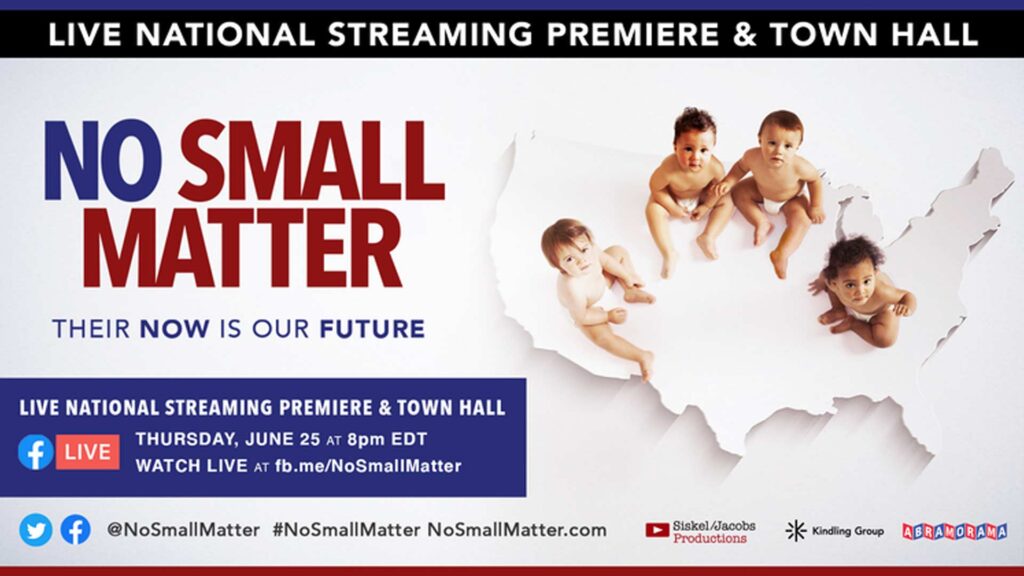
Since last fall I have been working with the team behind No Small Matter (directors Danny Alpert, Greg Jacobs, Jon Siskel, producer Rachel Pikelny and impact producer/co-producer Laura Fallsgraff) to create a national event to cap their incredible impact focused grassroots campaign that had already resulted in over 1200 community screenings. This massive campaign had […]
Distribution: Aggregators vs. Distributors
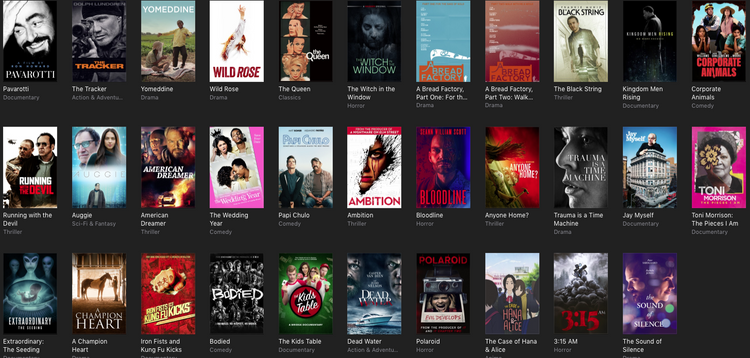
In the wake of the seeming demise of Distribber, which was one of the main ways in which filmmakers could get their work up onto major online platforms, it seems that it is still important to indicate the difference between aggregators and distributors – as well as between the two main types of aggregators: aggregators […]
Documentary Magazine Article – Documentary Distribution in Turbulent Times
During IDA’s Getting Real 2016 conference in September, Susan Margolin and I hosted a two part panel on the state of documentary distribution. I conducted a series of case studies with Nanfu Wang, from the critically acclaimed Sundance film Hooligan Sparrow. Christo Brock and Grant Barbeito’s Touch the Wall, and finally Keith Ochwat and Christopher Rufo’s Age of Champions. […]
Romania Interviews
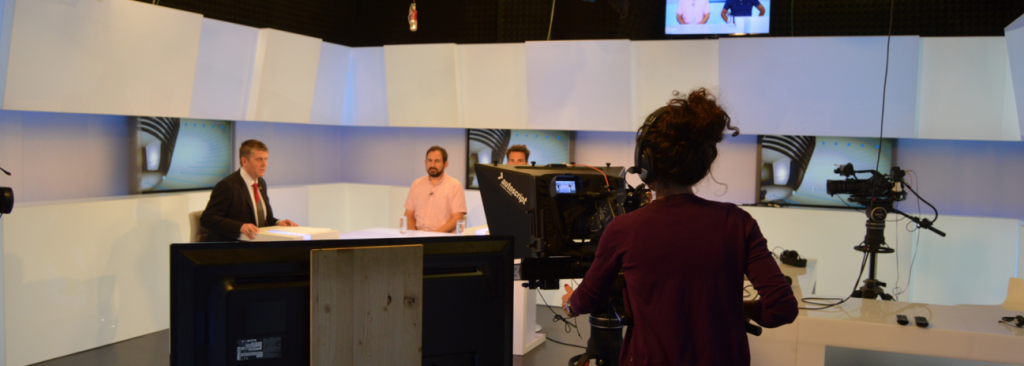
I just got the links to the TV and Radio interviews that I did while in Romania. We talked a lot about distribution and marketing within the film industry, and how that relates to all art forms – specifically in Romania. Check them out below. Digi TV Romanian State Television Radio Cultural
Distribution Case Study – “Finding Hillywood”
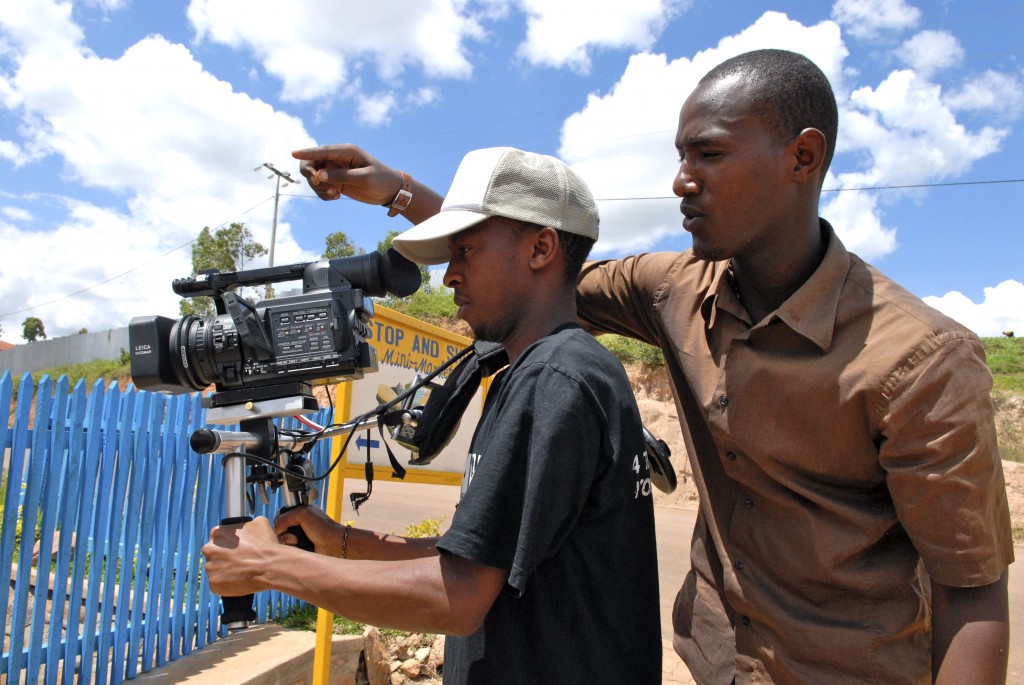
Written by Leah Warshawski (Producer/Director) / Introduction by Jon Reiss I recently wrote a two part article featuring four documentary filmmakers who pursued hybrid releases with their films and who were generous enough to share the real data from their films’ releases – Transparency: Four Filmmakers Give Up the Gold Pt1 and Pt 2. Upon reading […]
IFFR, Tiger Release, and the Trend of Festival as Distributor

I’m so thrilled to be participating in two IFFR events this year! For those of you attending, I hope we run into each other. On the morning of Monday, the 26th, I’ll be serving on a distribution panel called Get Your Film Out There! (moderated by Amy Dotson). That afternoon, I’ll be participating in an […]
New Selling Your Film Book Released– and it’s FREE
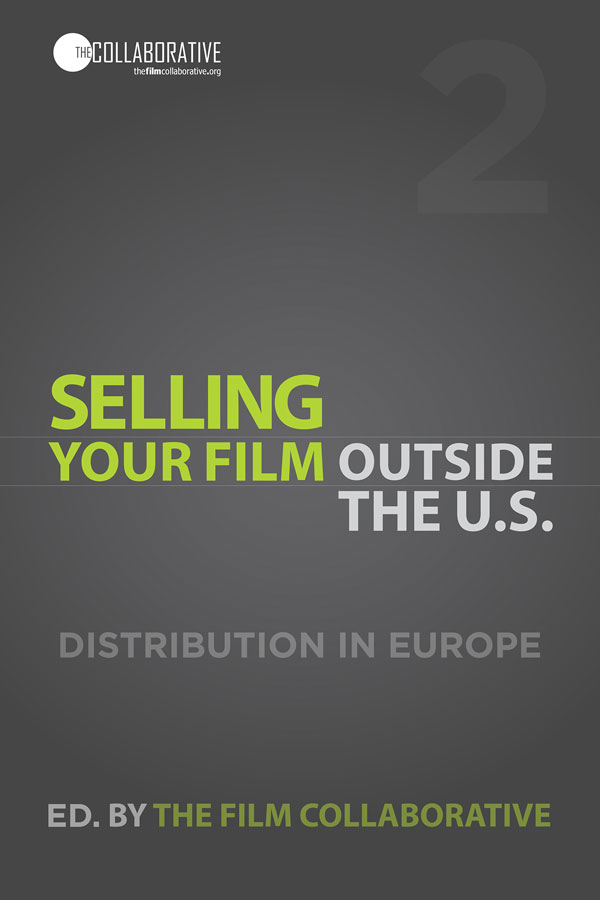
I’m really excited about this brand new book, Selling Your Film Outside the U.S. (click here to download the book for free) that I wrote with Sheri Candler, The Film Collaborative co-executive directors Orly Ravid and Jeffrey Winter and Wendy Bernfeld, managing director of the European content curation and licensing company Rights Stuff BV edited […]
10 reasons why you should get your s–t together and apply to the IFP Filmmaker Lab
I have had the pleasure of being one of the lab leaders at the IFP Filmmaker Lab for the past 5 or so years (as you can imagine I help run the distribution and marketing component of the labs). Each year the four times I travel to New York for the labs are some of […]
How I Made a Feature Film Right Out of Film School (Guest Post)
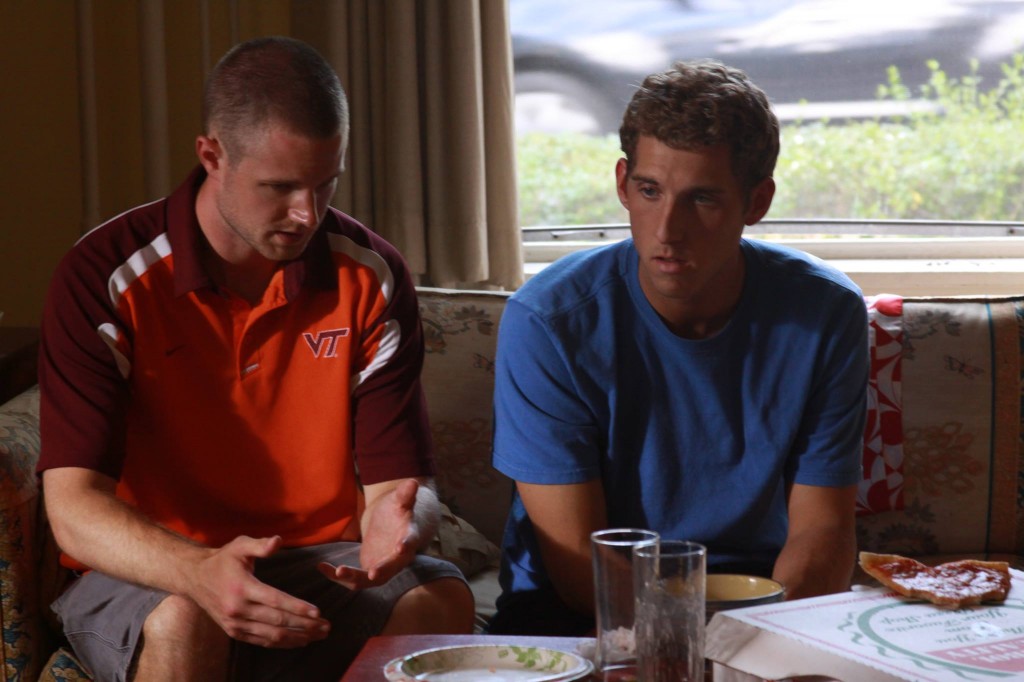
I’m Jaymes Camery and I just wrapped production on my first feature film, Guys and Girls Can’t Be Friends. I graduated from California Institute of the Arts with an MFA in Film Directing in May 2013. I grew up in Virginia and have always had a special affinity for stories that take place in the South. […]
BOMB IT 2 VOD Release on iTunes!
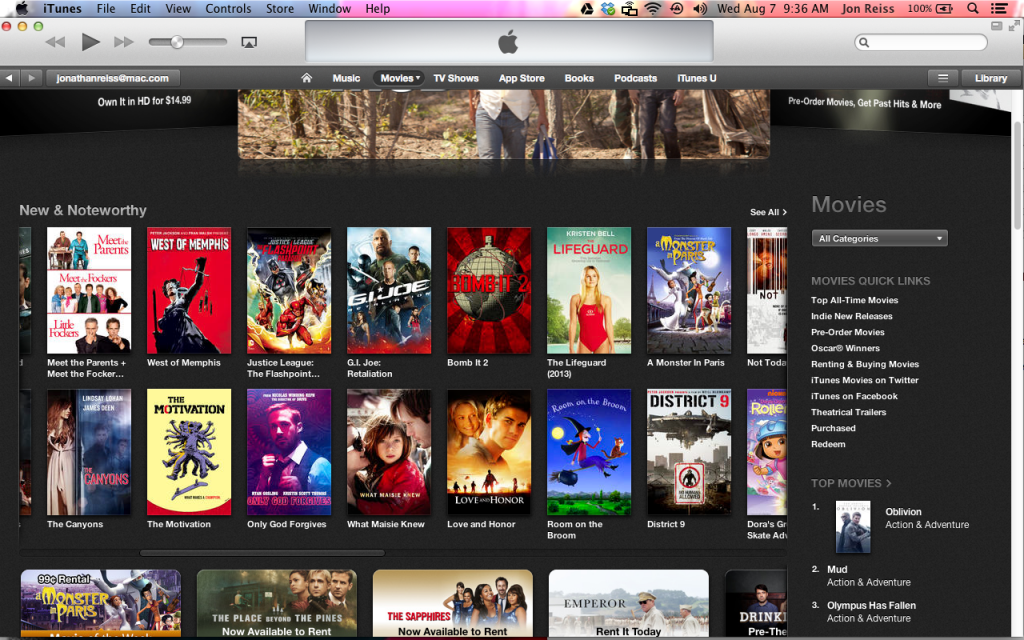
What a way to start off the day. Check us out on the front page of iTunes, right next to GI JOE! Help us stay there: https://itunes.apple.com/us/movie/bomb-it-2/id656273050